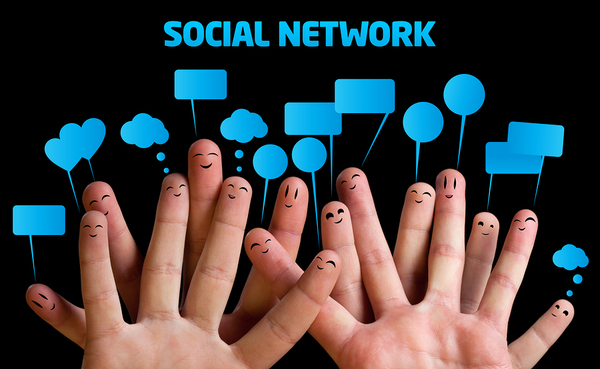Greek philosopher Heraclitus is credited with saying: "There is nothing permanent except change." That sounds right, but it is really true in the world of branding and package design? Do the potential rewards outweigh the risks inherent in re-branding your products?
 Rebranding takes careful thought and smooth execution.
Rebranding takes careful thought and smooth execution.
The Risks of Re-Branding
To understand the risks involved in a re-brand, it is important to acknowledge why your packaging choices matter in the first place. When boiled down to its most basic, your product packaging is used as a marketing tool, an attention-grabbing visual cue of who and what your company is all about. Your packaging is a way to tell your story visually.
When that narrative changes because of a re-brand, it could alienate your audience, a result in direct opposition to what you want to accomplish.
BrandingStrategyInsider.com notes: "Identity systems are designed to encode and decode brand information to and from people's brains. If you change the system, the associations may be lost and will take a long time to rebuild."
If your customers like the packaging of your current products, an abrupt change in packaging may be confusing or upsetting. And the fact is, nobody wants to be confused or upset.
Valid Reasons for Re-Branding
Does that mean, though, that re-branding a product is always a bad idea? The short answer to that is "no". There are a number of reasons that a company might chose to rebrand a product. For instance, your design may be outdated, or you may notice that your products are being regularly overlooked by consumers. Obviously, in those cases, a re-brand is not just a good idea, but a virtual necessity.
Another reason for changing a package design via re-branding is that the product design is no longer aligned with the overall vision and mission of your company. As organizations evolve, very often it becomes necessary for their packaging to evolve as well.
There are several examples of companies that have had successful re-branding strategies for their logos or products. For instance, you may remember Starbucks' rebrand, which some experts thought was ill-advised, but turned out well. Or, you might think of Twitter, whose easily recognizable bird is even more aligned now with the company's vision than their original logo.
The key to effective re-branding lies in making certain that your new packaging aligns completely with your overall corporate mission and that it provides something relevant, meaningful, and pleasing to your target audience.
 Don't confuse your customers with a poor re-branding strategy.
Don't confuse your customers with a poor re-branding strategy.
To this end, it is often wise to incorporate the best parts of your current package design into your new package design. Something that serves as a visual cue of continuity will help you freshen up your brand message without giving your customers visual whiplash in the process.
The Rewards of Re-Branding
When handled correctly, re-branding can help you reach a new audience while still retaining your loyal customers. It can be a new beginning, a fresh start that invigorates your sales team, increases your market share, and targets a new demographic. A re-brand can help you stay relevant while you renew your company mission and shine a spotlight on your re-branded products.
Would you like some guidance to get a re-brand for one or more of your products done right? Contact us today to discuss how PKG can help.
Want to see how Package Design helps the role of the consumer:
 |
 |







